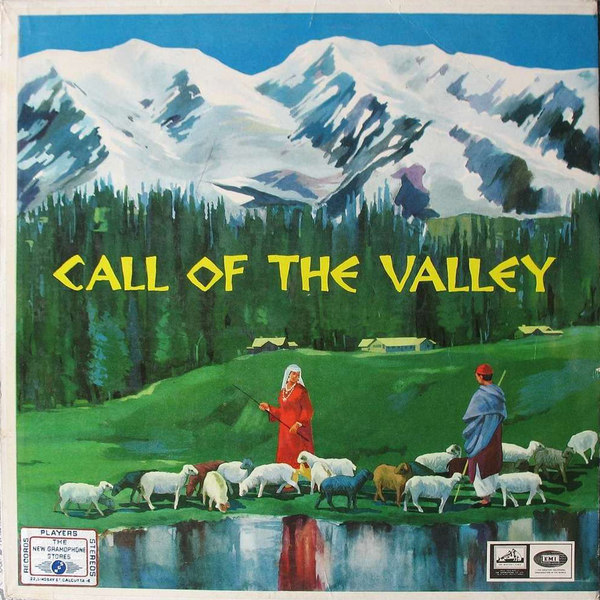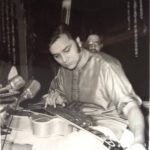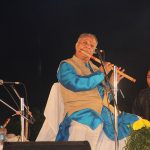At the turn of the 60s and 70s, while the West was immersing itself in psychedelia and progressive rock, the Indian subcontinent, laden with mystical and bewitching sounds, was coming into its own. At the heart of this movement, three maestros – Shivkumar Sharma, Brij Bhushan Kabra and Hariprasad Chaurasia – were crucial ambassadors, opening the world's ears to the richness of Indian music.
The 60s and 70s saw a growing infatuation with Indian culture, amplified by the travels of stars like the Beatles to India and their fascination with Ravi Shankar's sitar. But beyond this hype, Sharma, Kabra and Chaurasia's contribution to world music is timeless. Their ability to transcend cultural barriers with their instruments has made them icons, not only in India but also abroad.
Shivkumar Sharma: king of the santoor
Sharma, a virtuoso on the santoor, has transformed an instrument traditionally associated with Kashmiri folk music into a centerpiece of Indian classical music. His ability to create transcendental melodies has won him international acclaim. Quoting his own journey, he declares: “Music is a universal language. It needs no translation. It touches the soul directly”.
Brij Bhushan Kabra: the slide guitar reinvented
The guitar, an emblematic instrument of the West, was indigenized by Kabra, who introduced it to the panorama of Indian classical music. By adapting the slide technique, he created a musical bridge between East and West. His collaboration with Sharma and Chaurasia on the album “Call of the Valley” is an ode to the beauty and diversity of Indian music, a seductive fusion of three distinct instruments.
Hariprasad Chaurasia: the celestial blower
Hariprasad, master of the bansuri flute, possesses the rare ability to make his instrument sing with ethereal grace. “Music is meditation. When I play, I'm in prayer”, he confides. His collaboration with Western artists such as John McLaughlin and Jan Garbarek has paved the way for a new generation eager for musical fusions.
During a visit to Europe, Hariprasad Chaurasia was approached by a fan who confessed that his music had been the “soundtrack” to the birth of his son. Proof, if proof were needed, of the profound and universal impact of these three masters on the collective consciousness.
The Call Of The Valley album
Released in 1968, the album is a declaration of love to the Kashmir valley, transporting listeners through its sumptuous landscapes, majestic mountains and serene rivers, guided only by the crystalline sound of Sharma's santoor, Kabra's lyrical slide guitar and Chaurasia's celestial bansuri flute.
“Call Of The Valley” opens with dawn, and the murmur of nature mingling subtly with the first notes of santoor. The album unfolds like a day in the valley, each track transporting the listener through a different chapter of this epic journey. Sharma declares, “It wasn't just about creating music, but capturing the essence of the valley, its tranquility.”
The tracks, though predominantly instrumental, manage to tell a story, evoking images of breathtaking natural beauty, a sense of belonging and a spirituality emanating from the land itself.
It is through this album that listeners the world over have been given a glimpse into the complexity and beauty of classical Indian music. The contemplative melodies and soothing rhythms of “Call Of The Valley” are both an invitation and an initiation into the depths of this musical tradition.
The album cover, with its soothing hues and intriguing visual of the valley, was created in recognition of the fact that most Western listeners had never seen Kashmir. It was intended as a visual window onto this enchanted world of sound.
Where to listen to Call Of The Valley
Albums with the same cover exist on Spotify and Deezer, but they're not the right titles. I only found the album on Youtube.



